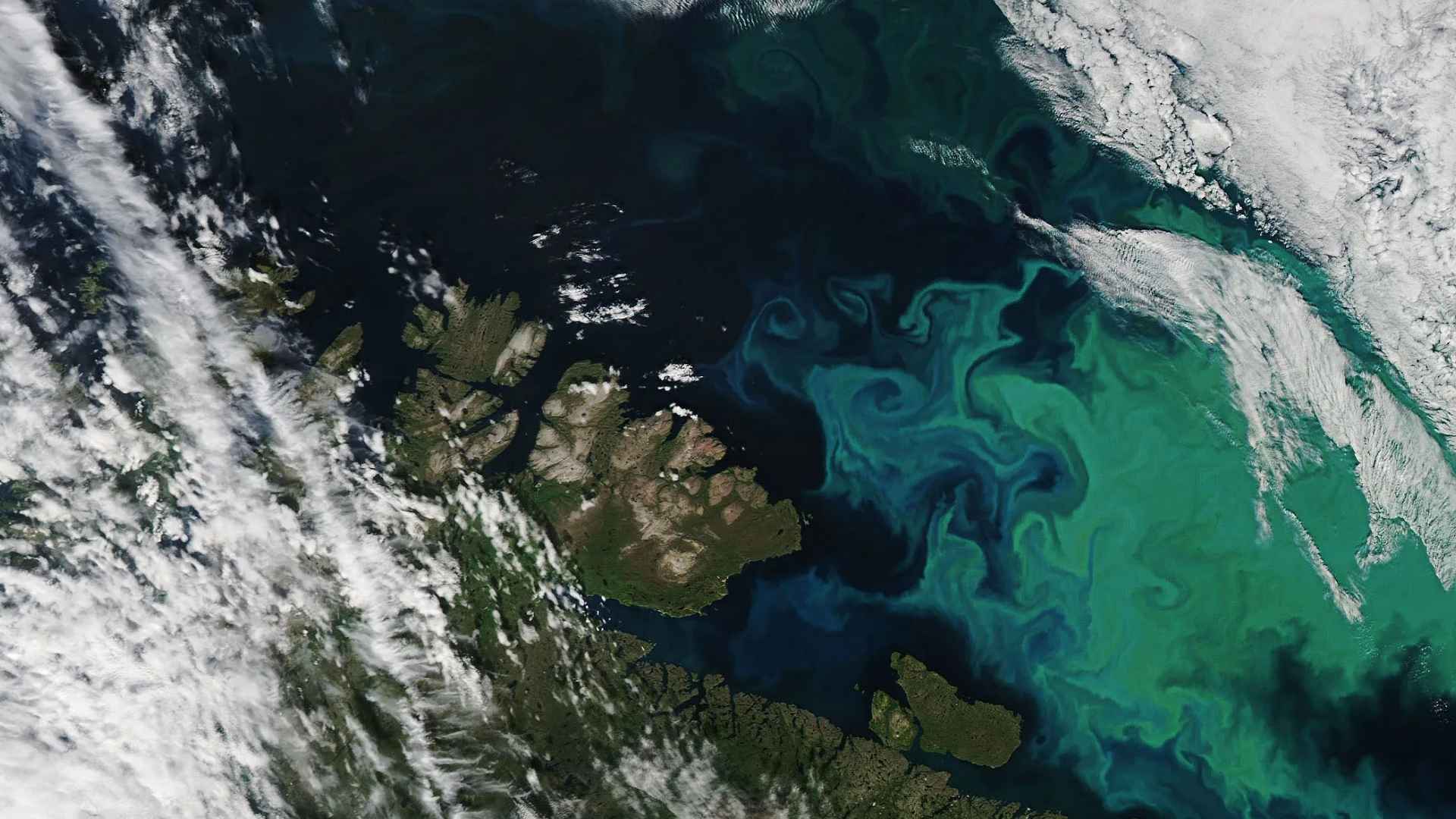Scientists track a 35‑mile fissure and a vast underground water cache that could forever change our view of the planet. East Africa’s slowly stretching crust could one day give the planet a brand‑new body of water—an idea that reshapes how we view oceans, earthquakes, and even the deep water hidden beneath our feet.
A 35‑mile fissure that tore open Ethiopia’s desert back in 2005 marked the first visible sign that the Somali and Nubian tectonic plates are drifting apart. Researchers calculate that in roughly five to ten million years sea water from the Red Sea and Gulf of Aden will pour in, separating eastern Africa from the mainland.
Geologists say today’s East African rift mirrors the birth of the Atlantic
The rift already threads through Ethiopia, Kenya, and Tanzania, triggering frequent earthquakes and occasional volcanic eruptions. That restless ground reminds residents—and the wider scientific community—that plate tectonics is far from a finished act.
First, the valley will widen; then, as it drops below sea level, saltwater will creep in much as it did when South America split from Africa. Could coastal communities need to plan ahead? Possibly, say experts, because infrastructure and migration corridors will have millions of years to adapt.
| Milestone | What happens |
|---|---|
| 2005 | 35‑mile‑long crack opens in Ethiopia |
| 2025‑Present | Rift widens a few millimeters each year; quakes and eruptions continue |
| 5–10 million years | Red Sea floods the rift, forming Earth’s sixth ocean |
Mantle‑locked water reservoir could rewrite our planet’s entire hydrologic cycle
While the surface splits, scientists have uncovered evidence of a gargantuan water cache some 430 miles beneath it. Trapped in a blue‑tinged mineral called ringwoodite, this hidden reservoir may hold more water than all surface oceans combined. If that much moisture can cycle between mantle and crust, it challenges long‑held theories that comets delivered most of Earth’s water. After all, what else might be percolating upward, unseen? Here you have a resume:
- Global water budget may be far larger than textbooks suggest.
- Seismic activity could be lubricated by deep water, influencing quake strength.
- Resource planning: regions along the rift might rethink long‑term groundwater prospects.
So, what should readers take away? For starters, Earth is still assembling its surface—and its interior remains surprisingly wet. The birth of a sixth ocean will not happen in our lifetimes, yet its early rumblings already touch millions who live along the rift. Meanwhile, the mantle’s watery secret invites a fresh look at everything from climate models to disaster preparedness.
In short, two discoveries—one on the ground, one far below—remind us that our planet is a work in progress. Staying curious, and planning ahead, will help us ride these slow but mighty waves of change.

